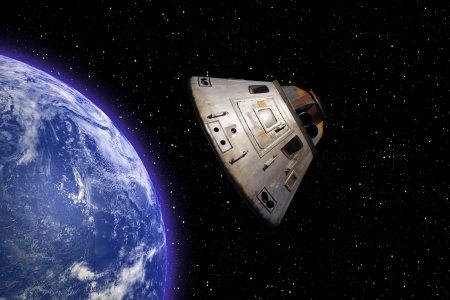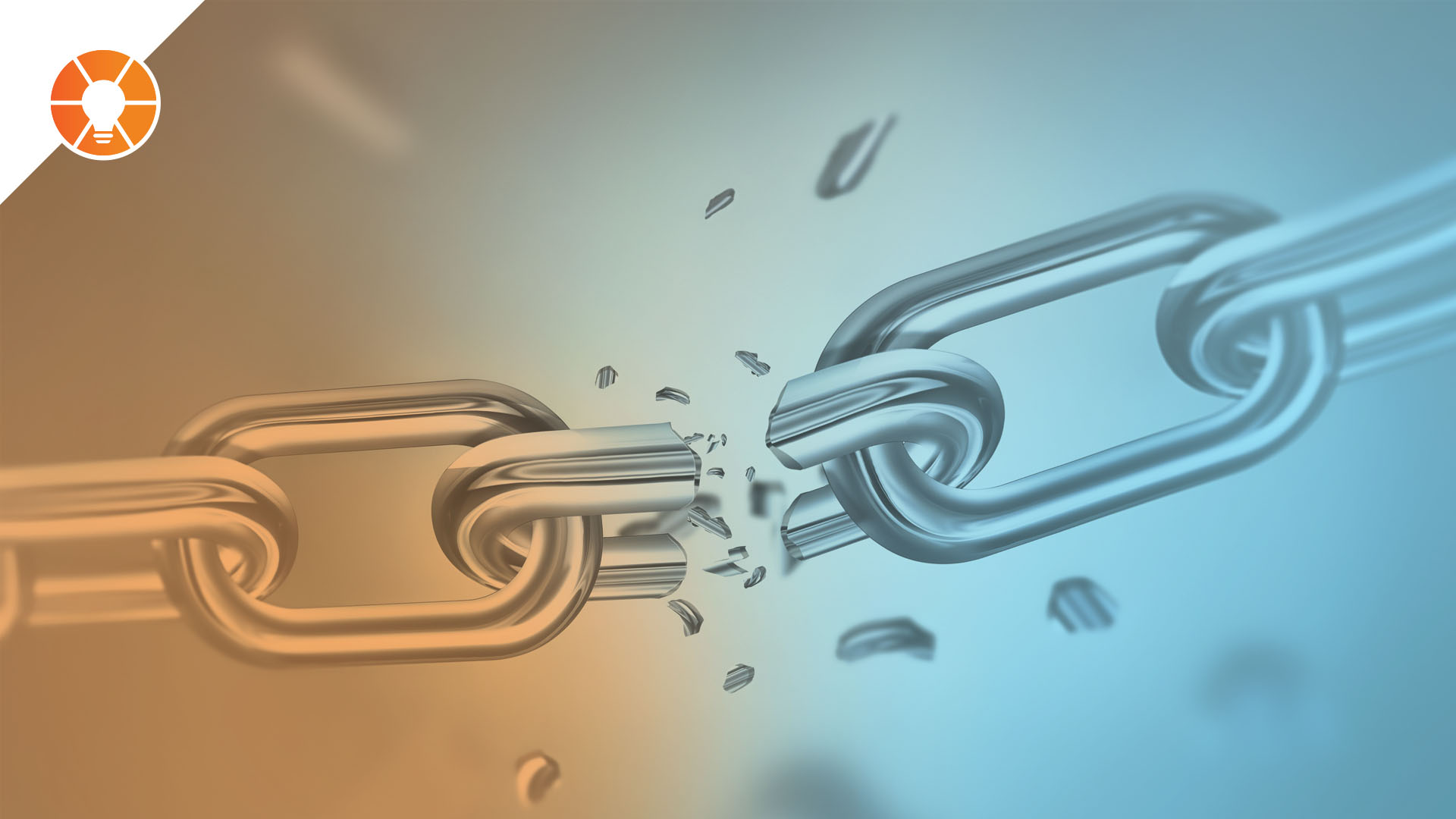 A few years ago, a friend of ours was given the task of diagnosing and fixing defects in the first version of a huge-brand consumer electronics product. The product’s initial launch had been an embarrassment. Worse, since it was first sold at Christmas and the defects didn’t become apparent for several months, there was very little time to get things fixed for the next holiday selling season.
A few years ago, a friend of ours was given the task of diagnosing and fixing defects in the first version of a huge-brand consumer electronics product. The product’s initial launch had been an embarrassment. Worse, since it was first sold at Christmas and the defects didn’t become apparent for several months, there was very little time to get things fixed for the next holiday selling season.
Our friend asked the team that developed the product how much time and money they needed to find and fix the problems. They said it would take seven months and $1 million. That clearly wasn’t going to work – after finding and solving the problems, the company would still have to redesign the product, get parts, build and ship it. So he told them that they had one month and $100,000, and that if they didn’t figure it out, all of them, our friend included, would lose their jobs.
Not surprisingly, the team figured it out. They found and fixed the problems, and the product has gone on to be an enormous success.
When faced with a big challenge, most of us automatically respond with a long list of reasons “Why We Can’t.” That defines the challenge as impossible, which lets us off the hook.
The next time this happens to you, here’s what we encourage you to do. Listen politely to all the reasons “Why We Can’t,” and acknowledge that those reasons are real. Then remind your team of the consequences of failure and ask a simple question: “So, How Can We?”
That’s what our friend did. Reframing the challenge in terms of “How Can We” helps people understand that despite all the obstacles, the job still has to get done. It lets them move from a mindset of the impossible to one of the possible, which engages them as problem solvers.
If that sounds simplistic, think of the scene in Apollo 13 where the CO2 filters failed and the team had two hours to figure out how to use whatever was onboard to create new ones. The team immediately started listing all the reasons why it couldn’t be done. The flight director cut that short by reminding them that failure would mean the loss of three astronauts, and that all that mattered was figuring out how to solve the problem. The team immediately reoriented and got it done. Indeed, the entire Apollo 13 rescue was a giant triumph of “How Can We?”
The consequences of “Why We Can’t” may not be as grave in your business as they were for Apollo 13, but they are real nonetheless. Unsolved issues get in your way. They slow you down and keep you from getting where you want to go. So try challenging your people with “How can we.” You’ll be amazed at how much they – and you – can accomplish.




